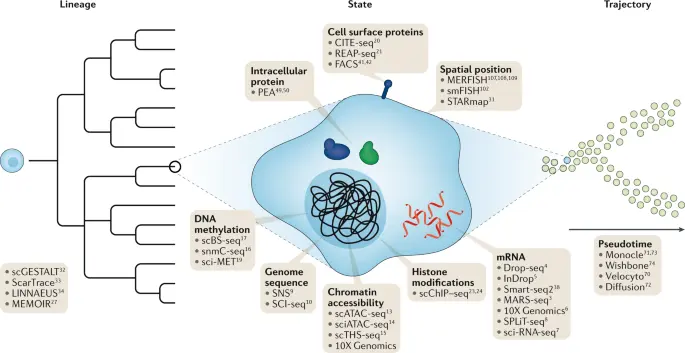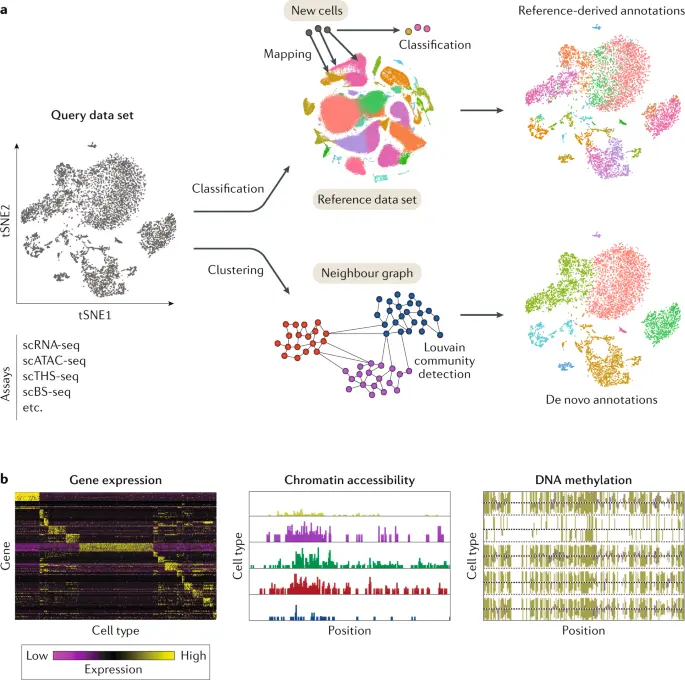Single Cell Pro
Discover the Future of Biomedical Research
Single Cell Pro focuses on single-cell analysis technologies and solutions. You can explore cutting-edge tools, services, and applications in genomics, transcriptomics, and proteomics research for single-cell data.
At Single Cell Innovations, we empower scientists and researchers with state-of-the-art solutions for single-cell analysis. Unraveling the complexity of cellular heterogeneity has never been more critical in understanding human biology, disease mechanisms, and advancing precision medicine.

Our Mission
We aim to transform biological research by providing cutting-edge tools, technologies, and services that enable high-resolution insights into single-cell biology.

Single-Cell Sequencing: An Overview
Single-cell sequencing is a transformative technology that enables researchers to examine the genome, transcriptome, or epigenome of individual cells. Unlike bulk sequencing, which averages signals across a population of cells, single-cell sequencing captures cellular heterogeneity, providing insights into the unique characteristics of individual cells.
Key Techniques in Single-Cell Sequencing
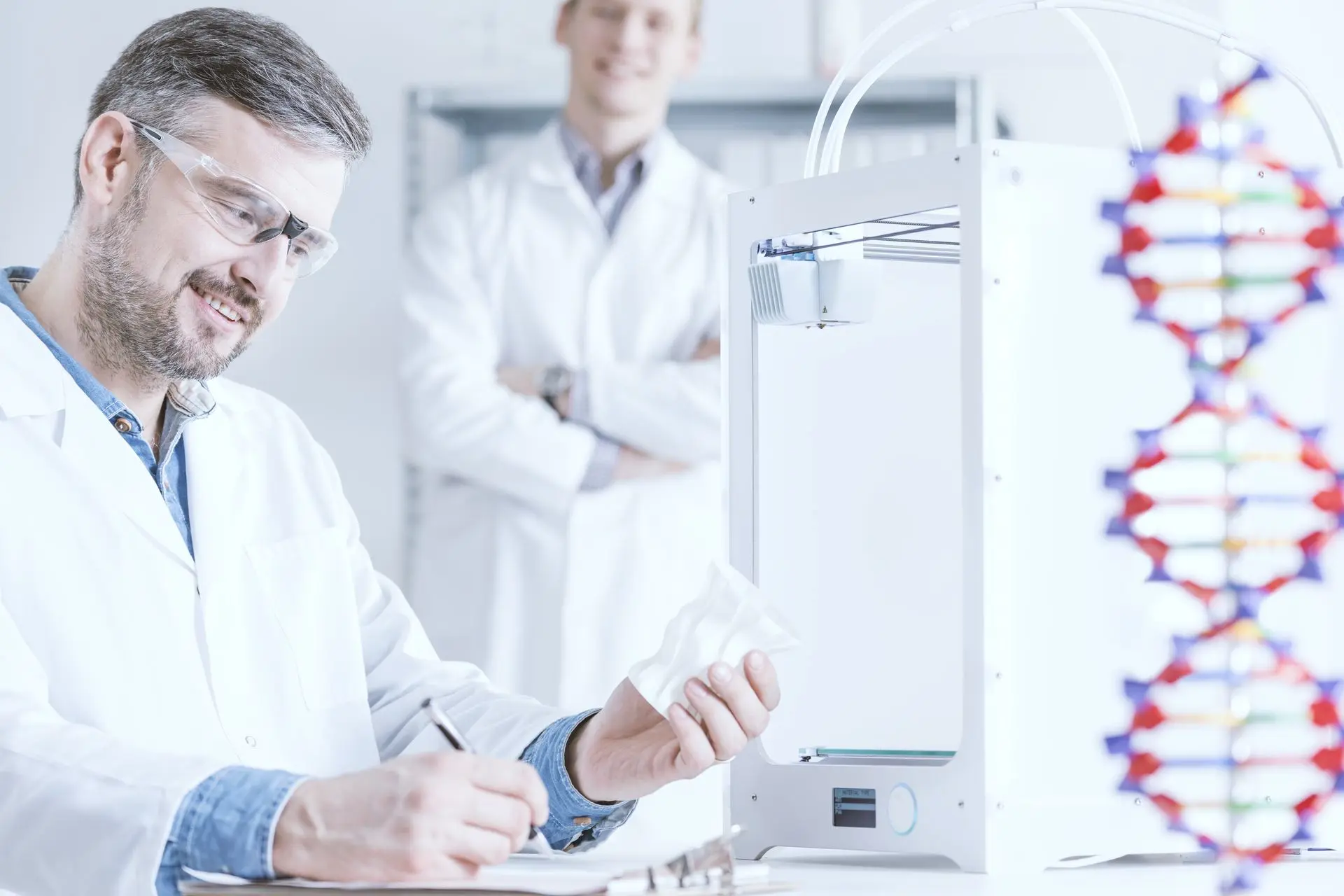
Single-Cell RNA Sequencing (scRNA-seq):
- Purpose: Measures gene expression levels in individual cells.
- Applications: Understanding cell differentiation, identifying rare cell types, and studying disease mechanisms.
- Process: Isolating single cells, reverse-transcribing RNA into cDNA, and sequencing to profile the transcriptome.

Single-Cell DNA Sequencing:
- Purpose: Analyzes genetic variations, such as mutations or chromosomal rearrangements.
- Applications: Cancer research, studying genetic mosaicism, and evolutionary biology.
- Process: Whole-genome amplification followed by high-throughput sequencing.
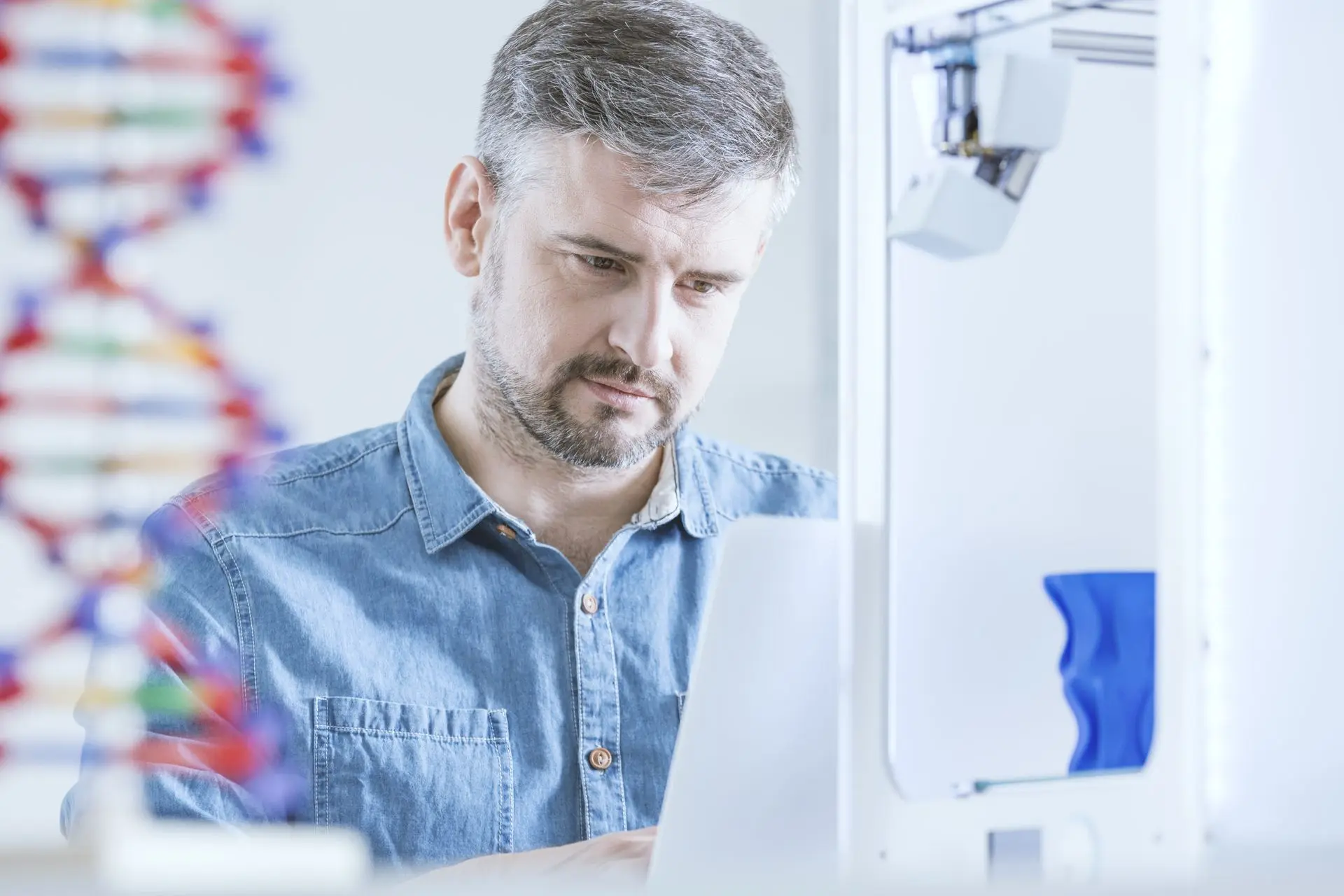
Single-Cell ATAC Sequencing (scATAC-seq):
- Purpose: Maps open chromatin regions to study gene regulatory elements.
- Applications: Understanding epigenetic regulation, transcription factor binding sites, and chromatin accessibility.
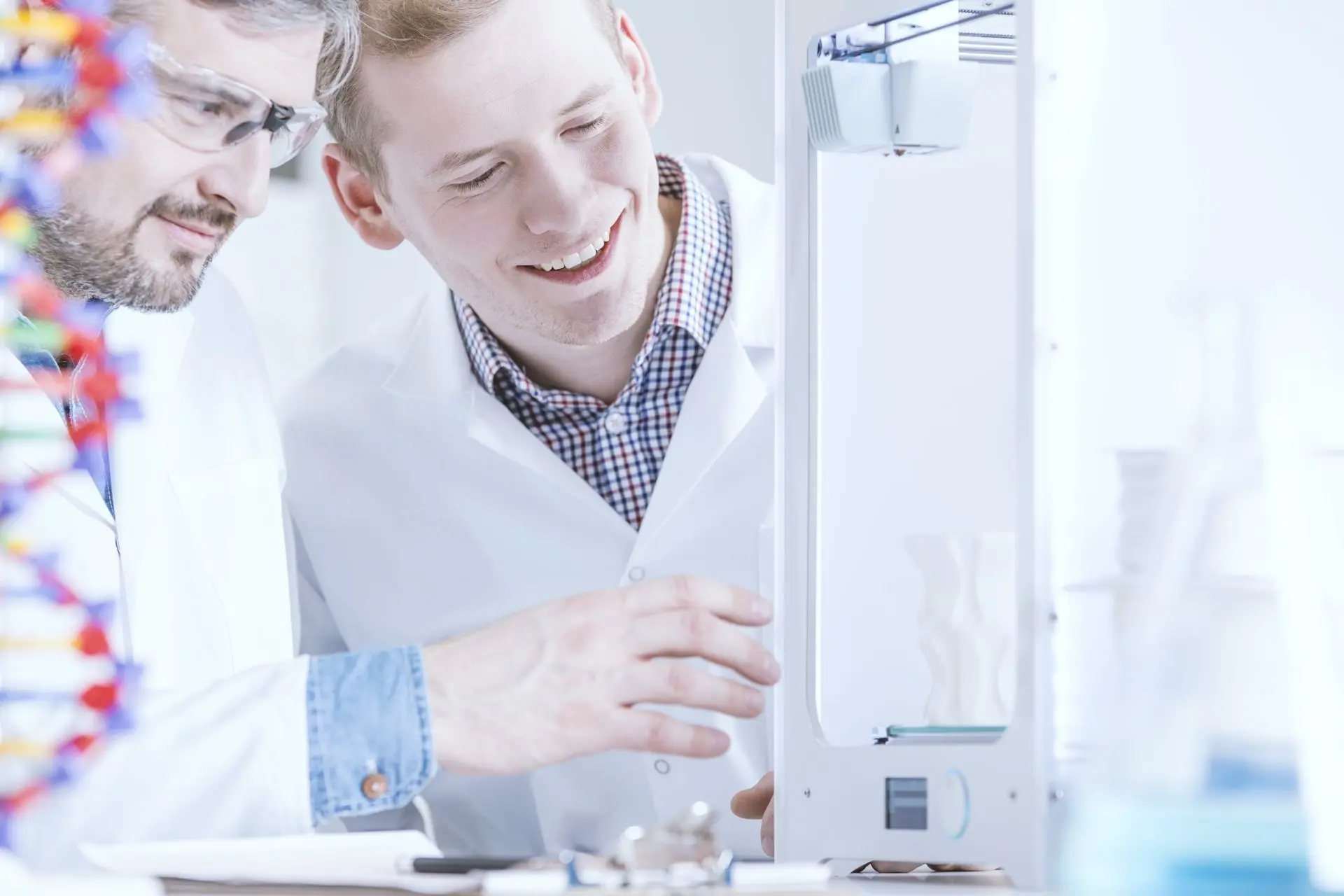
Single-Cell Proteomics:
- Purpose: Quantifies proteins and post-translational modifications at the single-cell level.
- Applications: Identifying cellular signaling pathways and functional states.
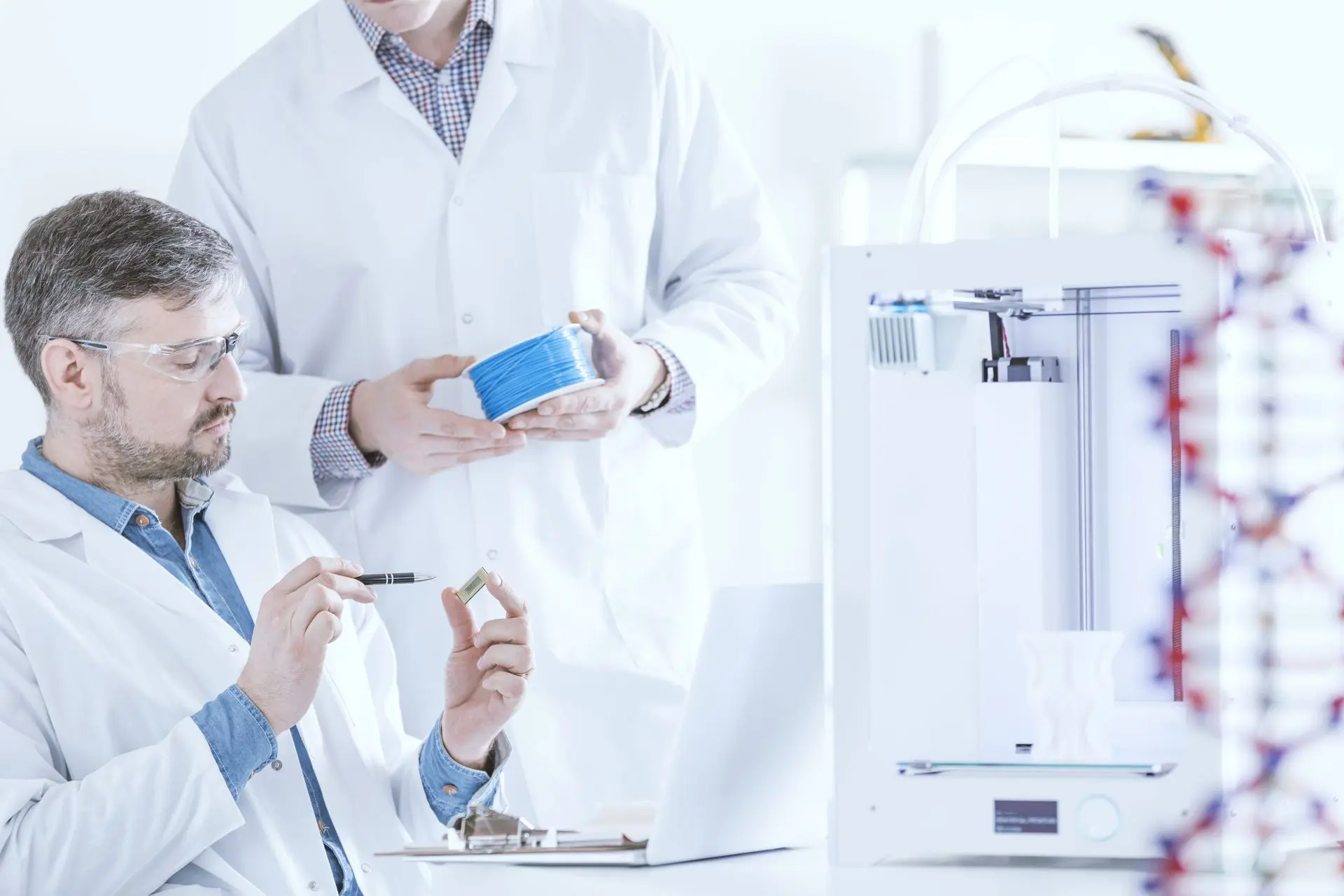
Spatial Transcriptomics:
- Purpose: Combines gene expression data with spatial information to understand the organization of tissues.
- Applications: Cancer microenvironment studies and brain tissue mapping.
How Single-Cell Sequencing Works
01 Cell Isolation:

Methods include microfluidics, fluorescence-activated cell sorting (FACS), and laser capture microdissection to separate individual cells.
02 Library Preparation:
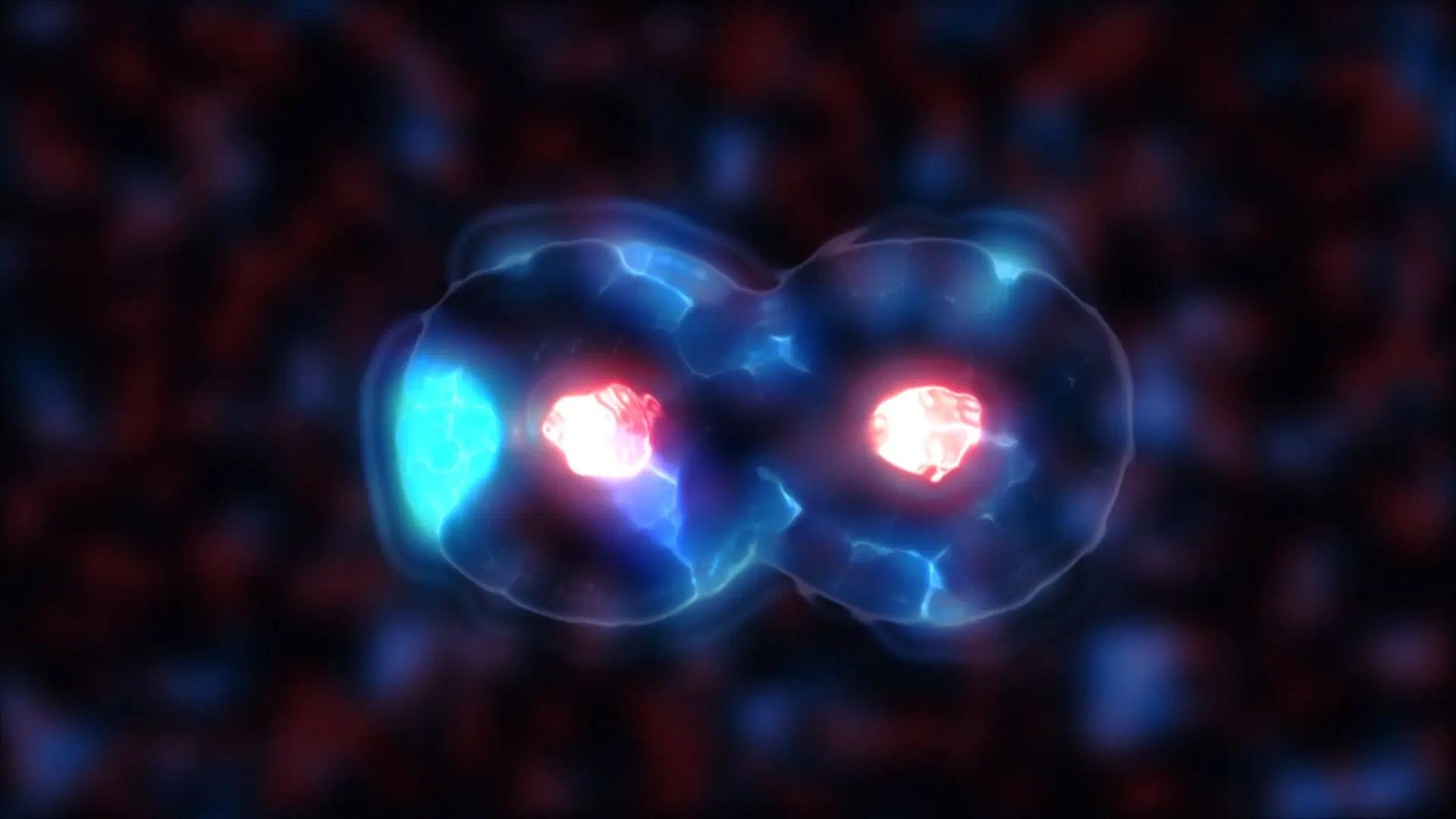
Extracted DNA/RNA is amplified and prepared for sequencing.
03 Sequencing:

High-throughput technologies such as Illumina, 10x Genomics, or Oxford Nanopore generate sequencing data.
04 Data Analysis:

Bioinformatics pipelines process raw sequencing data, identifying unique cellular profiles.

Advantages of Single-Cell Sequencing
- Resolves cellular heterogeneity.
- Identifies rare and novel cell types.
- Tracks dynamic cellular changes over time.
- Provides insights into complex biological systems.
